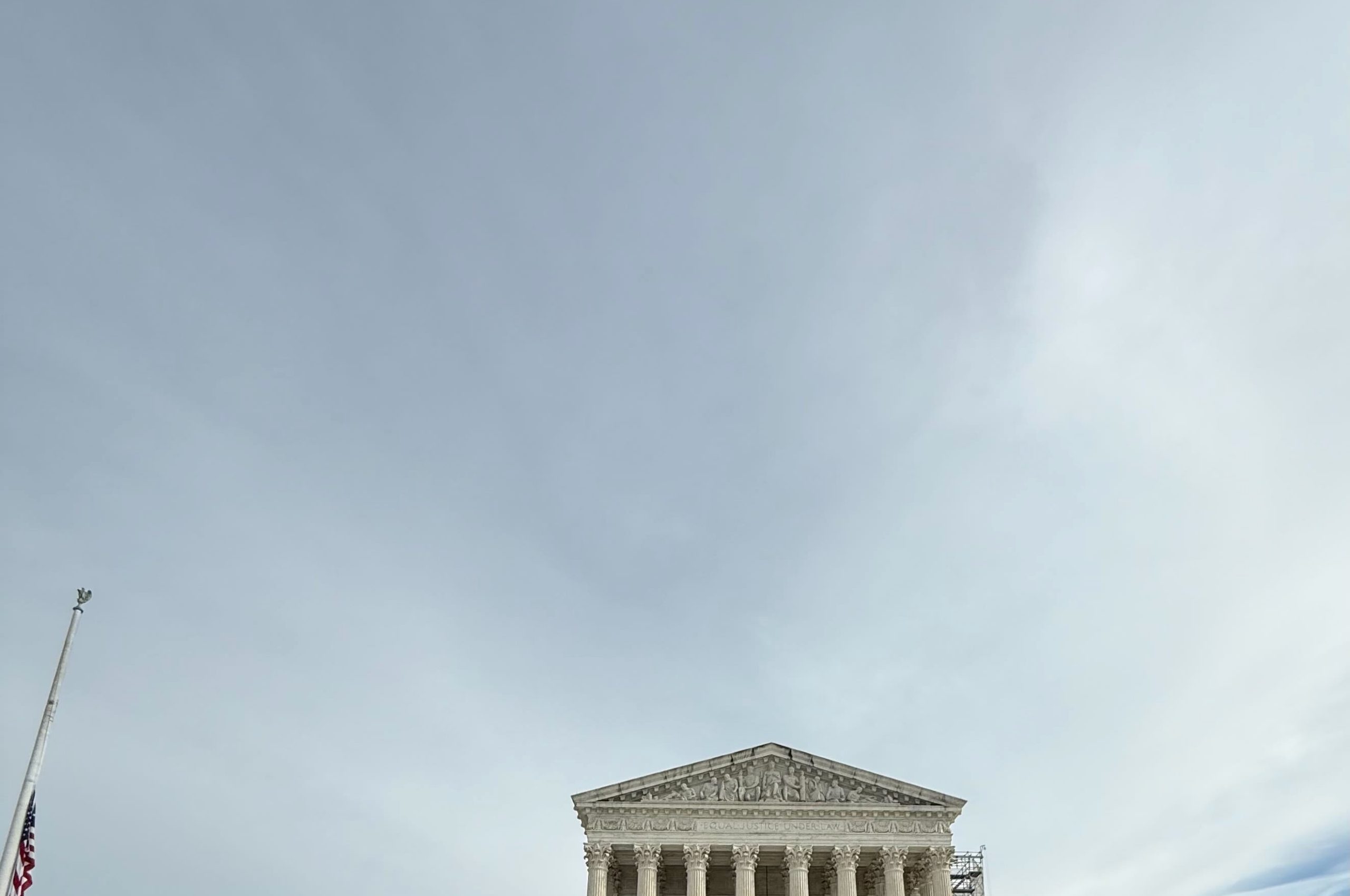Vorys, Sater, Seymour and Pease LLP
In this edition of The Precedent, we outline the validity of a pharmaceutical patent concerning the patent’s written description.
Overview:
Following an appeal from the United States District Court for the District of Delaware, the Federal Circuit considered challenges to the validity of a pharmaceutical patent concerning the patent’s written description, enablement, and obviousness.
Identified Issues
- Issue of Written Description: Did the ‘659 Patent provide an adequate written description of the claimed invention (a pharmaceutical composition combining valsartan and sacubitril) properly construed to not cover later-discovered valsartan-sacubitril complexes?
- Issues of Enablement Did the ‘659 patent sufficiently enable a person of ordinary skill in the art to make or use the invention at its priority date?
- Issue of Obviousness: Was the combination of valsartan and sacubitril obvious in view of prior art?
Holdings on the Issues
- Written Description (Reversed): The Federal Circuit held that the patent adequately described the claimed invention as a combination of valsartan and sacubitril, reversing the lower court’s invalidation for lack of written description. The Federal Circuit confirmed that the ‘659 patent satisfied the enablement requirements, as it allowed the claimed combination to be made without taking into account the later-discovered complex of valsartan and sacubitril.
- Obviousness (Affirmed): The court agreed that the claims were non-obvious, noting the lack of motivation in the prior art to combine valsartan and sacubitril.
- Background and ReasoningThe dispute in Novartis Pharmaceuticals Corp. v. Torrent Pharma Inc. centers on U.S. Patent No. The patent number 8,101,659, also known as the ‘659 Patent, protects a pharmaceutical combination of sacubitril and valsartan, marketed under the name Entresto(r), to treat heart failure. The patent, which was filed with a January 2002 priority date, describes the unexpected therapeutic benefit of combining an angiotensin-receptor blocker with a neutral endopeptidase inhibitor, sacubitril. Sacubitril was not tested on humans or animal models of hypertension or heart failure at the time of invention. The FDA approved the combination therapy in 2015 as Entresto(r), a treatment for heart failure. This legal dispute started when generic manufacturers including MSN Pharmaceuticals filed Abbreviated New Drug Applications to produce generic versions for Entresto(r). Novartis responded by filing patent infringement suits, which led to a multidistrict litigation consolidated in Delaware. The district court ruled after a three-day bench-trial that the patent was valid for non-enablement but failed to meet written description requirements because it did not describe the valsartan and sacubitril complex. Novartis appealed, arguing that only the combination valsartan-sacubitril was claimed in the patent, and not the later discovered complex.
The Federal Circuit overturned the District Court’s ruling that the ‘659 patent lacked a written description of the claimed mixture. The complexed form was used by the infringing product, and not just the claimed combination of sacubitril and valsartan. The District Court ruled that the claimed combination failed to satisfy the written description requirement because it did not disclose the complexed version. Federal Circuit explained on appeal that the 659 Patent didn’t need to describe a complicated form of valsartan & sacubitril, because the 659 Patent didn’t claim the complexed version. The disclosures proved that the inventors had the claimed combination of sacubitril and valsartan, thus satisfying the written description requirement. Further, the Federal Circuit held that the District Court erred in conflating the issues of patentability and infringement by considering whether the claims covered the complexed form in its analysis of whether the claims satisfied the written description requirement.
The Federal Circuit affirmed the District Court’s decision finding that the later-existing complexes could not be considered in the enablement analysis. The Federal Circuit held that later-discovered art such as complexes cannot be used to invalidate claims filed earlier. The parties did not dispute the fact that the ‘659 patent enabled the claimed combination. The Federal Circuit also determined that the District Court made no error that would warrant a reversal in regard to obviousness. The Federal Circuit specifically found that the prior art cited did not provide any motivation to combine sacubitril and valsartan or any reasonable expectation of a successful combination.






